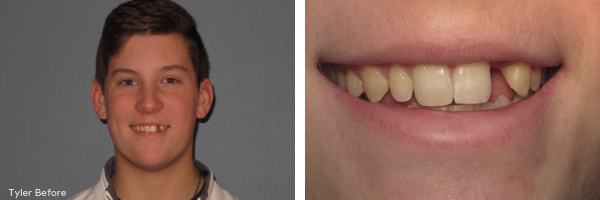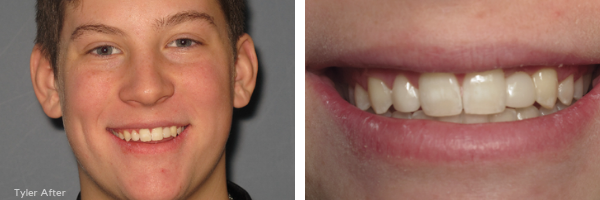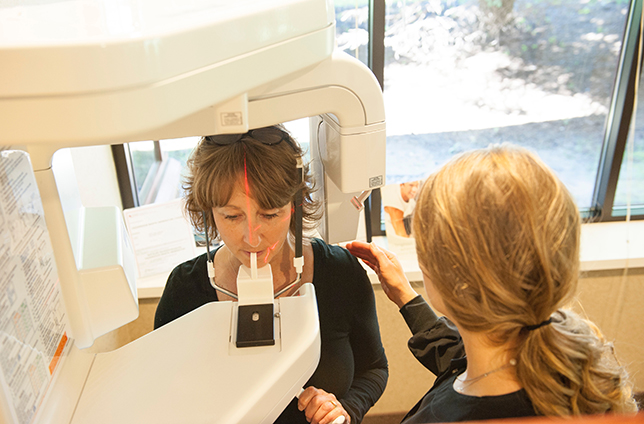By Dr. Elizabeth Eggert
How did this start?
When Kenton was 9 years old, he was hit in the mouth and his right front tooth fractured. At that time, Kenton needed a root canal on that tooth because the trauma exposed the nerve. A large bonded composite veneer was created on that tooth to help make it look as normal as possible. Usually a fractured and traumatized tooth will eventually need a crown to build it back together but Kenton still had a lot of growing to do. Dr. Elizabeth wanted to buy as much time as possible through his growing years. Fast forward 10 years: Kenton is now 19. The color of Kenton’s teeth changed over the years, the large veneer was no longer holding up and it was decaying around the edges. Kenton noticed how his teeth no longer matched and how dark the traumatized tooth appeared at the gum line. Dr. Elizabeth recommended full records for Kenton. Even if she is was replacing only one tooth, she wanted to help Kenton understand all the risks and benefits, especially in the case of past trauma.
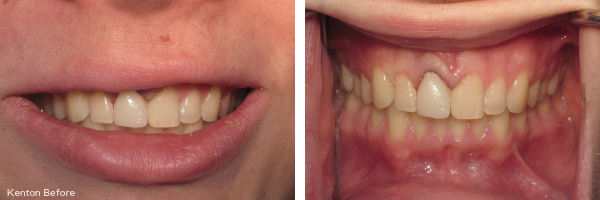
What did he want?
Kenton said, “I would like to have a long-term solution to (fix) my front teeth.” He was concerned about how the differences between his two front teeth were visible and that made him self-conscious. He felt that the traumatized tooth didn’t fall in line with his other front teeth – that they didn’t look “normal.” Also, as a college student, Kenton wanted to keep the costs as low as possible for his tight budget!
What is involved?
Our team started Kenton’s case with the records process. We took models, x-rays and photos of his teeth to assess the needs and function of his entire mouth. This allowed Dr. Elizabeth to see how his teeth, muscles and jaw functioned together and helped her determine what kind of treatment would best help protect the previously traumatized tooth. At the same time, Dr. Elizabeth wanted to give Kenton the smile he desired. She presented her findings to Kenton and his father. Through the records analysis, it was apparent that the best thing Kenton could do to protect his traumatized front tooth was to correct his teeth in the back so they would bite more evenly. As a result, Kenton started with a procedure called equilibration to stabilize his bite. Kenton’s parents hoped to wait a little longer before completing a full crown for Kenton’s front tooth but his front tooth fractured again just a few months later, requiring completion of the crown.
What does he think?

Kenton is very happy with his new crown. Dr. Elizabeth sent Kenton to a dental lab – Certified Dental Ceramics – to have a custom shade selected, since it’s difficult to get a single front tooth crown to match a natural front tooth. Kenton reports that he is much more confident with his new smile now that the color of his front teeth match. He found the records process interesting and learned a lot about his options at the consult appointment. Kenton notices a major improvement in his bite and that his teeth fit together better after the equilibration. He didn’t know what to expect when the tooth broke, but in the end, Kenton thought the process was really easy and is very happy with his results! Thanks for trusting us with your care, Kenton!
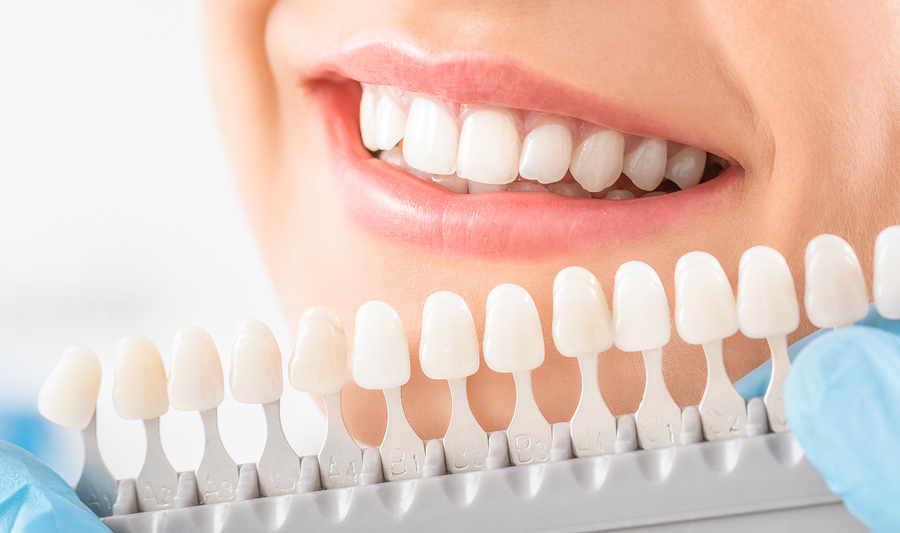
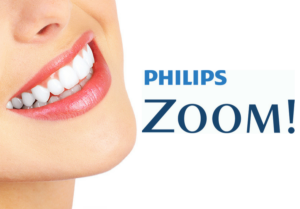 Our most popular teeth whitening procedure is the
Our most popular teeth whitening procedure is the 
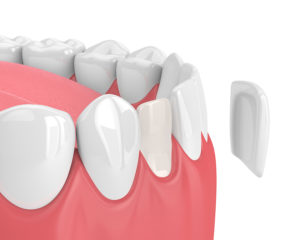 Dental veneers
Dental veneers
 Few dental situations make a teen feel more self-conscious than crooked teeth. Not only do braces straighten teeth and correct your teen’s bite but because crooked teeth can lead to other oral health problems, braces also reduce the instance of cavities and gum disease. It’s never too early to begin the braces conversation with Dr. Elizabeth or Dr. Jeff! While we are not an orthodontic office and only provide some Invisalign services, we are happy to refer you to some excellent orthodontists in the area when recommended.
Few dental situations make a teen feel more self-conscious than crooked teeth. Not only do braces straighten teeth and correct your teen’s bite but because crooked teeth can lead to other oral health problems, braces also reduce the instance of cavities and gum disease. It’s never too early to begin the braces conversation with Dr. Elizabeth or Dr. Jeff! While we are not an orthodontic office and only provide some Invisalign services, we are happy to refer you to some excellent orthodontists in the area when recommended. First of all, the best defense against a knocked out tooth is a mouthguard. Dr. Elizabeth or Dr. Jeff can craft your teen a custom mouthguard that will fit snugly against their teeth and protect them while they’re playing sports. However, we know that in some instances a permanent tooth can get knocked out. Should this happen, it’s best to rinse the tooth in cool water and try and replace the tooth in the socket by having your teen bite down on gauze or a wet washcloth. If the tooth won’t relodge, place it in a small container of milk. In both instances, give us a call right away. We will fit your teen in for an emergency appointment.
First of all, the best defense against a knocked out tooth is a mouthguard. Dr. Elizabeth or Dr. Jeff can craft your teen a custom mouthguard that will fit snugly against their teeth and protect them while they’re playing sports. However, we know that in some instances a permanent tooth can get knocked out. Should this happen, it’s best to rinse the tooth in cool water and try and replace the tooth in the socket by having your teen bite down on gauze or a wet washcloth. If the tooth won’t relodge, place it in a small container of milk. In both instances, give us a call right away. We will fit your teen in for an emergency appointment.
 At Eggert Family Dentistry, we are no stranger to unexpected dental incidents. From sports injuries to falls to hard or sticky foods that wreak havoc on teeth, we know there are plenty of scenarios that can lead to dental damage. The challenge comes in deciphering which scenarios constitute a dental emergency and which scenarios don’t need immediate attention, and then proceeding accordingly.
At Eggert Family Dentistry, we are no stranger to unexpected dental incidents. From sports injuries to falls to hard or sticky foods that wreak havoc on teeth, we know there are plenty of scenarios that can lead to dental damage. The challenge comes in deciphering which scenarios constitute a dental emergency and which scenarios don’t need immediate attention, and then proceeding accordingly.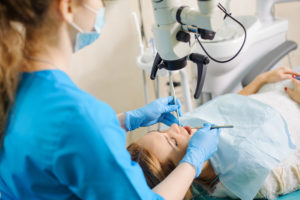 Occasionally, an abscessed tooth will present itself with immediate and intense nerve pain and/or severe swelling. If you suspect this is happening for you, we recommend you give us a call at the onset of symptoms, once again utilizing Dr. Elizabeth’s cell phone number for after hour emergencies. In the middle of the night, she may not get the call. If at any time you feel like your airway is compromised or the swelling is out of control, it is important to go to the nearest Emergency Room.
Occasionally, an abscessed tooth will present itself with immediate and intense nerve pain and/or severe swelling. If you suspect this is happening for you, we recommend you give us a call at the onset of symptoms, once again utilizing Dr. Elizabeth’s cell phone number for after hour emergencies. In the middle of the night, she may not get the call. If at any time you feel like your airway is compromised or the swelling is out of control, it is important to go to the nearest Emergency Room.


